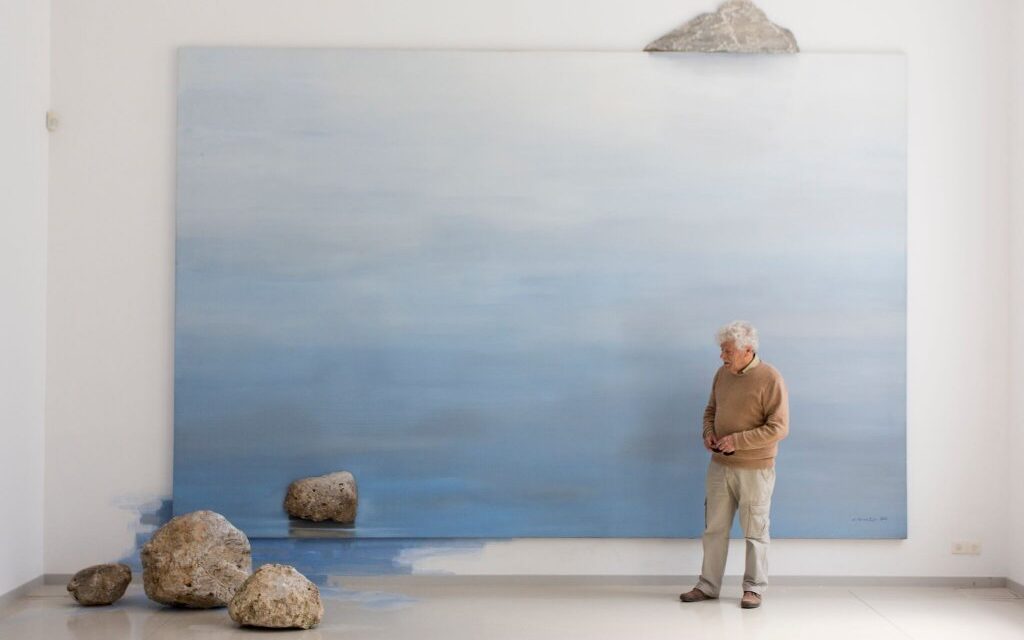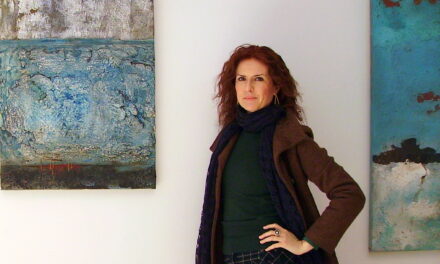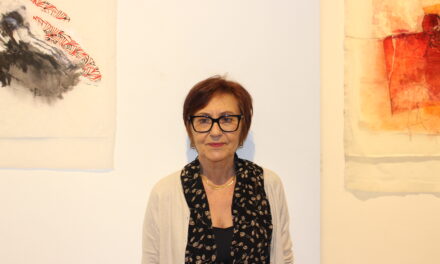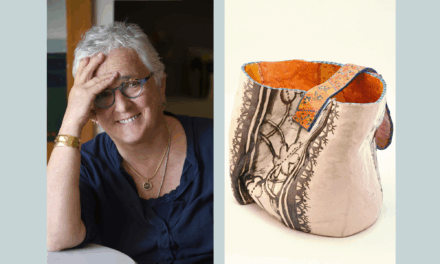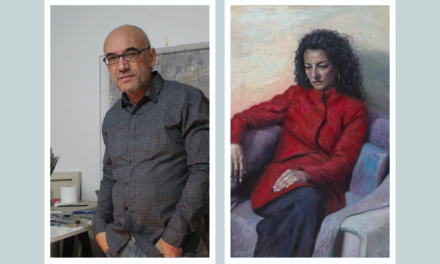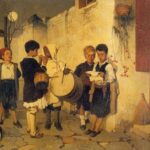Known for his eclectic style and innovative approach, Costas Tsoclis is one of the most influential artists in contemporary Greek art. Blending various mediums and techniques his art results in unparalleled visual experiences. Throughout his long artistic trajectory, he has been persistently pushing the boundaries of artistic expression, continuously evolving and inspiring audiences.
Aiming at challenging perceptions and expectations, Tsoclis never stopped experimenting and contradicting widely accepted beliefs. What makes his work so undeniably unique is the fact that he ventures boldly into the realm of the future, envisaging scenarios that explore the possibilities of tomorrow.
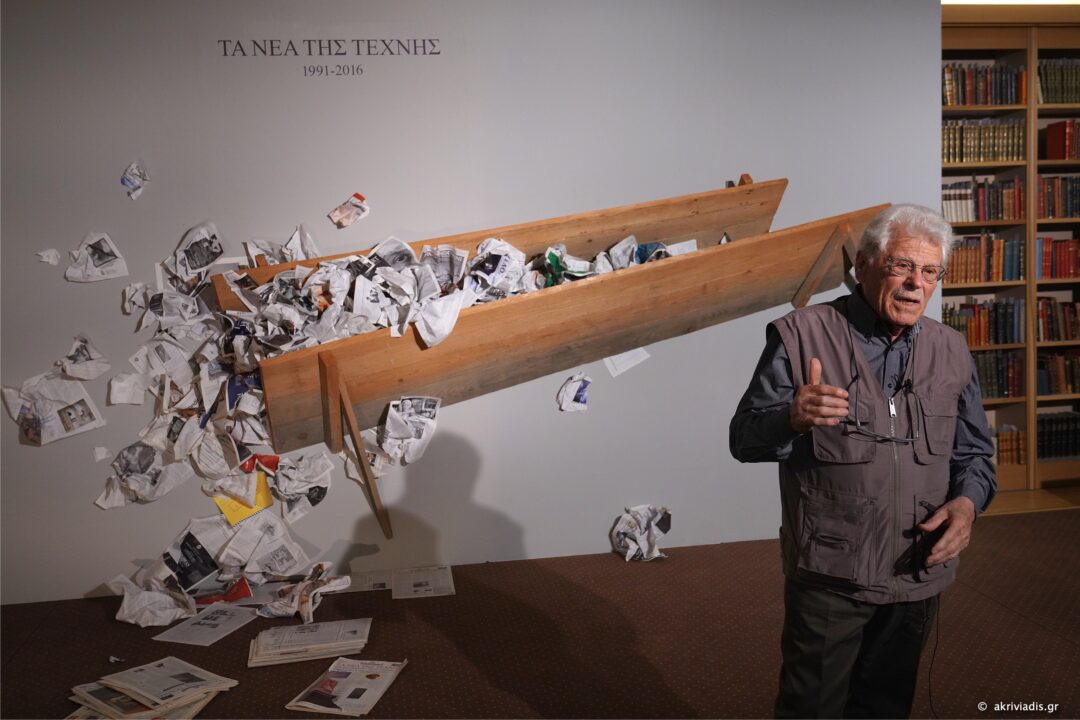
The idea behind his works seems to be more important than the physical object itself, leading to various thought-provoking connotations. At the same time, the line between reality and illusion is blurred, inviting the viewer to engage in various existential dilemmas. For this purpose, he uses a vast variety of media including painting, sculpture, technology, video and installation art. His innovative techniques, incorporating conceptual and abstract elements, offer various interpretations. His ability to engage his viewers and prompt admiration, skepticism and strong emotions is a testament tο art’s ability to inspire change.
Costas Tsoclis’ recent visual intervention “Art and Information” at the Journalists’ Union of Athens Daily Newspapers (ESHEA) as well as his ongoing retrospective in Galleria Il Ponte in Florence provided an excellent opportunity to engage in an insightful conversation with him. He talks to Greek News Agenda* unveiling his unique way of thinking and creating.
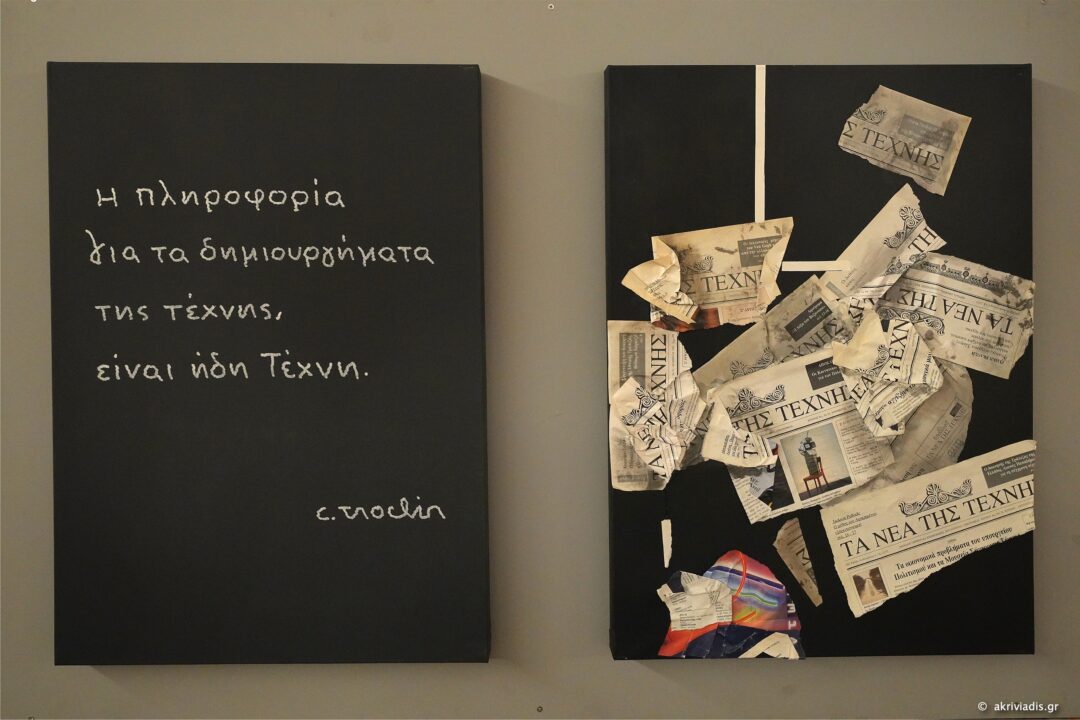
Your exhibit Art and Information focused on the groundbreaking changes in the field of information. The way information is collected, presented and perceived has irrevocably changed. How do you react to these changes?
I once described myself as a Dowser of inspiration. This humble exhibition of mine should be viewed in this context. It is intended to bid farewell to an art magazine, “The News of Art”, that has informed us for 25 years about art developments, in Greece and abroad. The fact that it stopped being published for financial reasons, if that is the only reason, demonstrates that its subscribers were no longer interested in it, since it was outdated by digital media, both in terms of the number of events, if not in terms of validity, and in terms of topicality; and all this, free of charge. Nevertheless, for sentimental reasons and perhaps as a way of paying tribute to an era, I wanted to defend it by presenting the argument that digital information is out of control, that anyone can distort it, that it is not accompanied by analyses that help us think critically and other contemporary, petty arguments.
However, reality grounded me. When I picked up a bunch of old issues of that magazine, I realized how much useless information, exaggerations and misleading advertisements they contained. As a result, any intention of defending it abandoned me. So, I used the paper of the magazine itself, the printing ink, the names and the photographs and made a kind of elementary art where appearance rather than pretense prevails. Who am I lying to…The truth is that through these artworks, if they can be called works, I had a lot to say.
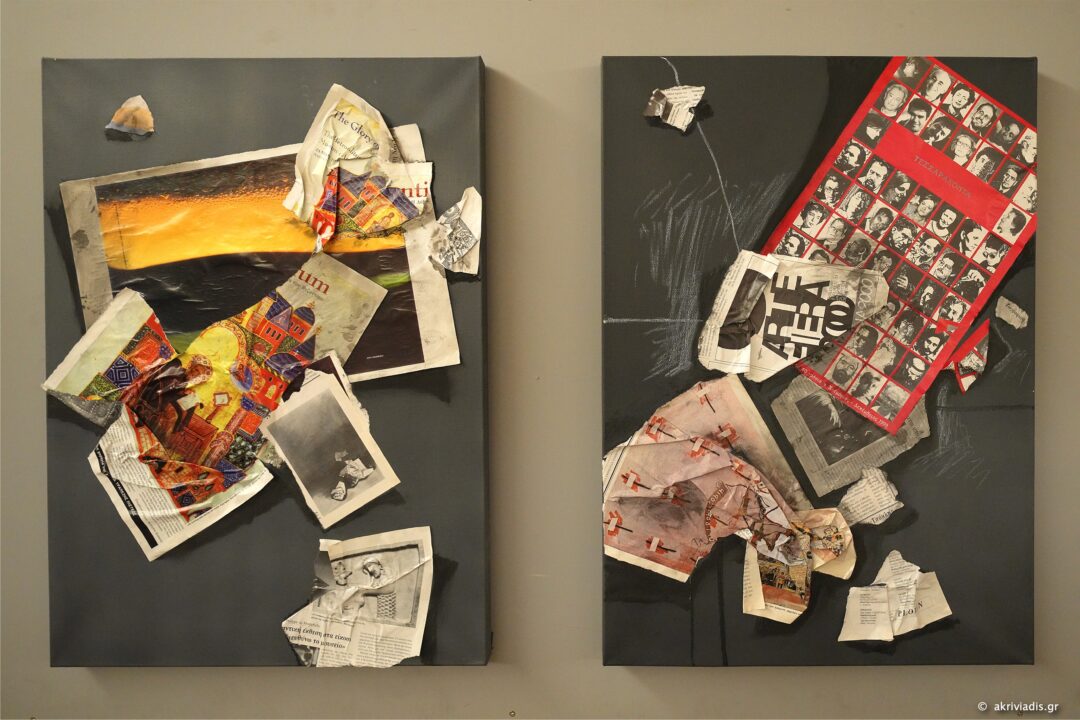
You have served art with absolute dedication, consistency and innovative proposals. Is art for you just “a misinterpreted concept, another twisted word”?
Of course, art is much more than that. Above all, it is creation. It is what makes man stand out from other living beings. It is what adds more exultations to those that Nature already provides in abundance and for this reason, always proportionately, it is sacred.
However, the untimely and inappropriate use of the word trivializes it. As for the concept of “What is Art” or “What is not?” that remains the big question. I try to avoid the use of adjectives because I find them authoritarian, arbitrary, oppressive. I will avoid them once again. And I will say that what is not Nature could be Art, if we act consciously for that purpose. I wonder if I’m right. Yes, I am!
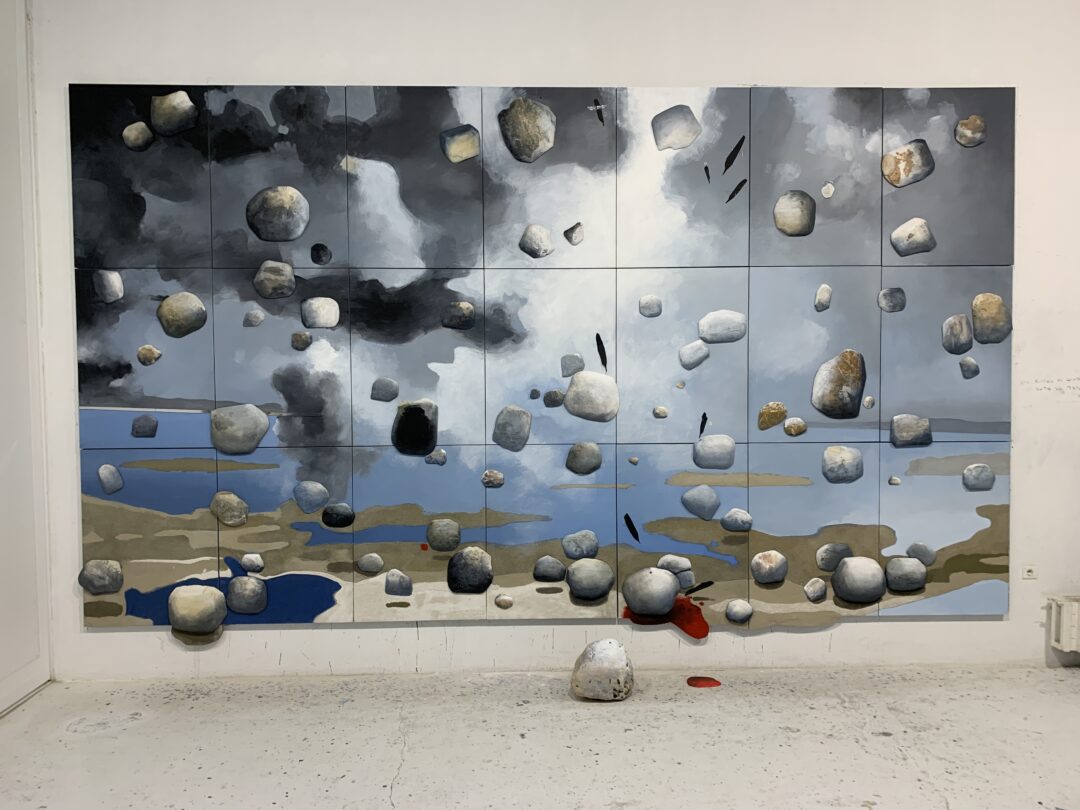
You have always been an insightful, daring spirit. You move fast, always towards new aesthetics. What is it that motivates you?
Life, however long, remains short. There is no time for self-interested lies. For mistakes though, fortunately, there is both time and place. For every revelation of error leads to a possible truth. So, while right is the end, wrong is the labyrinth of redemption. It is often a new beginning. What motivates me is the fear of unintentional betrayal. It is the responsibility of the link. The more opposing forces grow, the greater the risk of breakthrough.
Even if we pretend to be indifferent, it is always us, in that specific moment in time, who connect the past and the future. I have made so many mistakes in my life, I have walked so many roads, swum in so many inhospitable seas, been hurt by so many friends and loved so many enemies that I am now afraid to leave my house, I hesitate to pick up the phone when it rings. Nevertheless, I still go out.
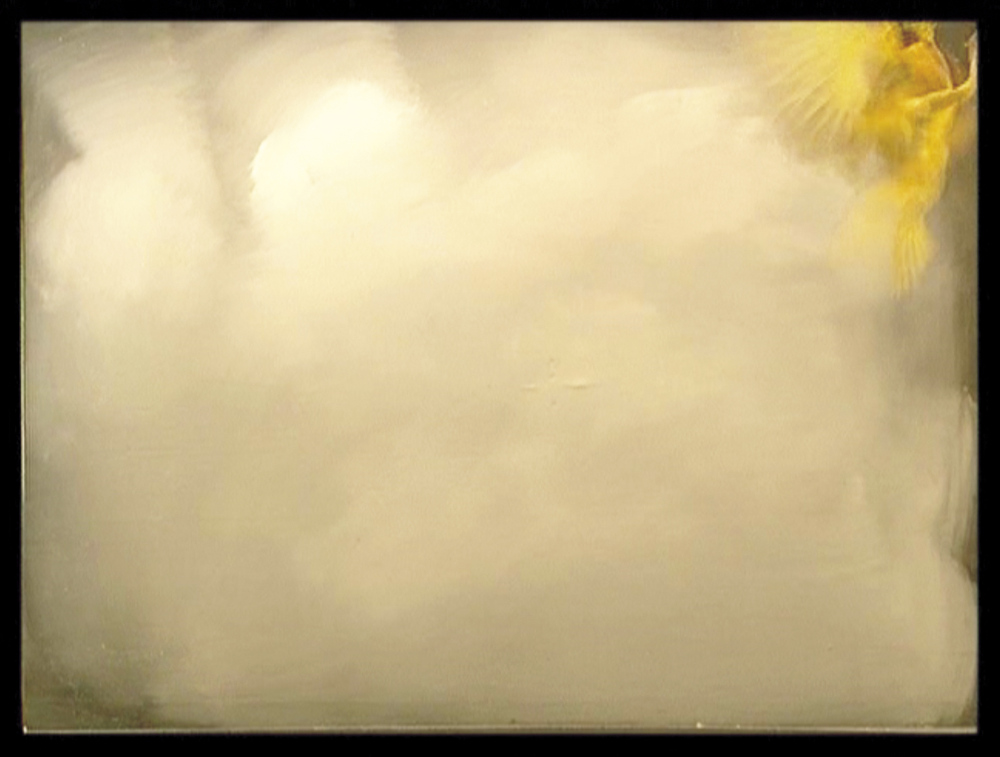
Your recent collaboration with Nelum confirms that you are particularly sensitive to technological developments. To what extent do you think that technology can affect art?
I find it right and fair that we all participate in the cause of civilization in all its manifestations. Especially in visual art which engages us, consciously or unconsciously, from the early years of our lives until the end. From the moment you choose what clothes to wear, you are practicing visual aesthetics which equals visual art.
Now listen to me. For every need we have, we offer a portion of the profit gained by serving the needs of others. We trade and in doing so we make our lives easier. After all, the reason behind the tremendous growth of our species is exactly this give-and-take relationship. Isn’t it? It is.
I believe that many would like to participate in the cause of art, in this noble conspiracy, but under the current conditions of transaction, they are unable to do so. So, they withdraw, degrading themselves. Let us note here that the work of art, no matter how many hands it passes through, no matter how expensively it is sold and bought, will always belong to the culture of its time and bear the name of its creator.
So here is a chance to be a part of something and at the same time a type of cultural entertainment where for a small price you can own a digital space or time (this also applies to our case). Enjoying but also defending, Art. Thus, you cease to be a parasite of this space and you become a benefactor. What’s also so special in this process is that once you enjoy this virtual fortune of yours, as much as you want or as long as it lasts, it can then be converted again into money or something else. I think it’s an interesting cultural game, that’s how I see it even though for some people it can turn into a money game too. In any case, why not?
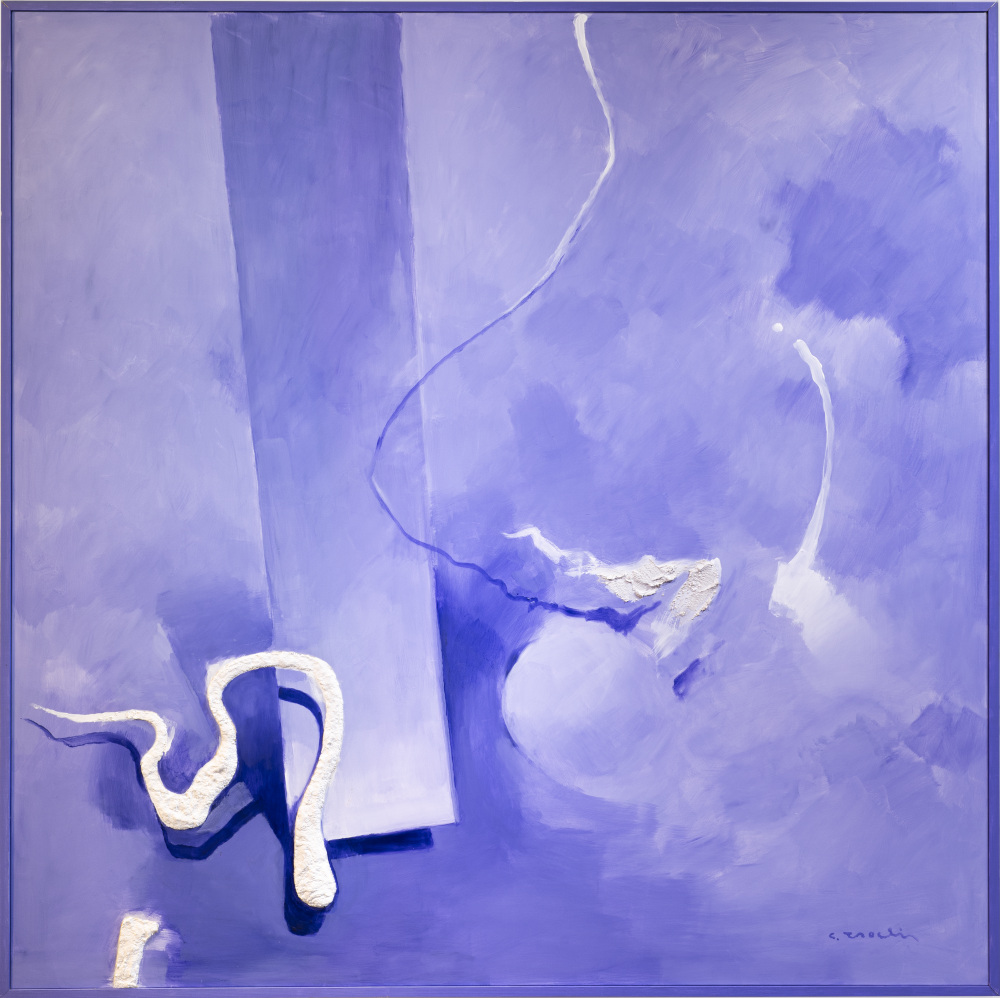
What is, or should possibly be, the role of art in relation to the individual and society?
The role of art is to offer pleasure to man through the eyes. That is, immaterial pleasure. But this requires not only the skill of the creator but also the innate sensitivity of the viewer, or, at least knowledge, which is acquired through frequent contact with works of art and the study of its history. In order to acquire followers, art must first fascinate them with its appearance and then, after having addicted them, it must convey to them its own aesthetic or social messages, which are contained in the choice of its subjects and materials and the way the artist handles them. Art is a fact. When it begins to tell a story, it loses its autonomy.
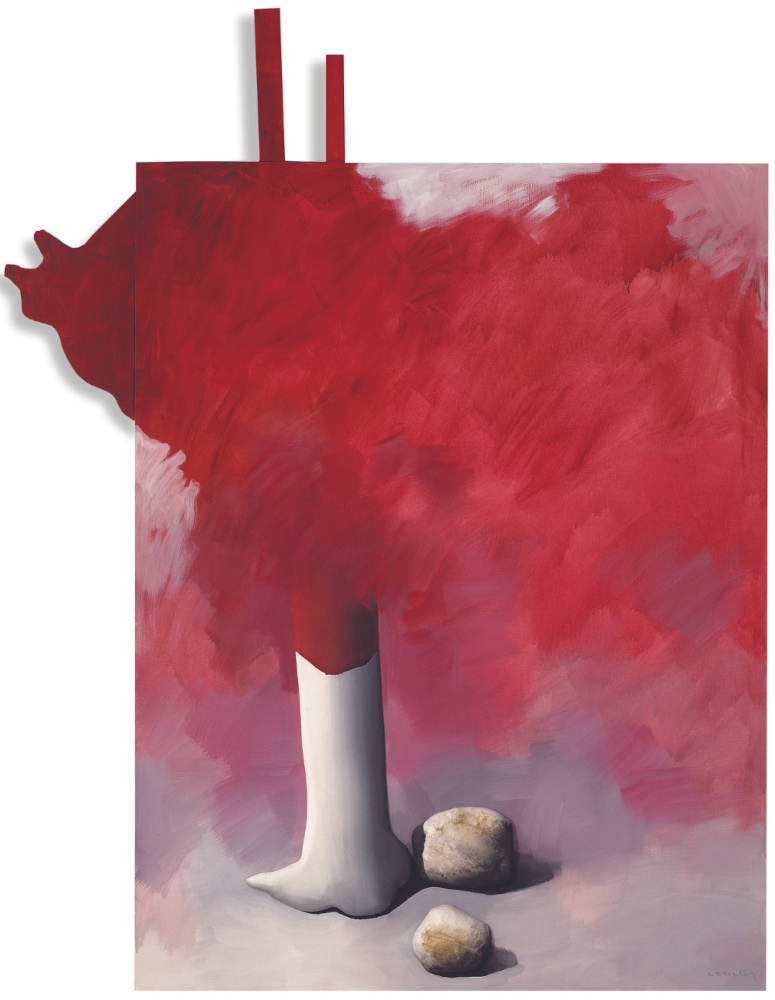
On a personal level, what would you say you have given to Art over the years and what has she given back to you?
What a lovely phrase! Me and Her. A long-term extramarital affair. Well, she’s the one who has given my life meaning, dignity, recognition, financial comfort, and the ability (if I was worthy) to transcend national borders and become a citizen of the world, a human being. It gave me knowledge and spiritual pleasures, it taught me how to look and see.
I gave her my soul, my time and some things perhaps useful to her: forms, ways, materials, subject matters and finally whatever money I earned thanks to her which I did not have to spend on other needs. I am referring to the Museum in Tinos. Despite all this, I feel indebted. Too many masterpieces, my child, too many great artists, too many museums!
*Interview by Dora Trogadi
Ιntro Photo: Large Seascape
TAGS: ARTS

